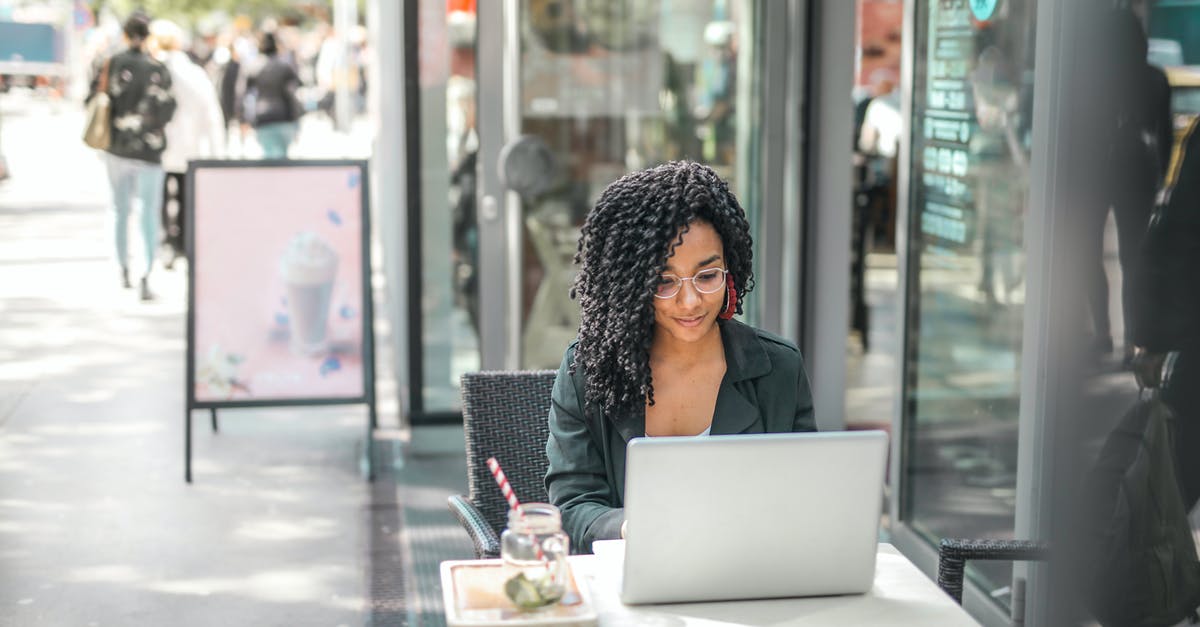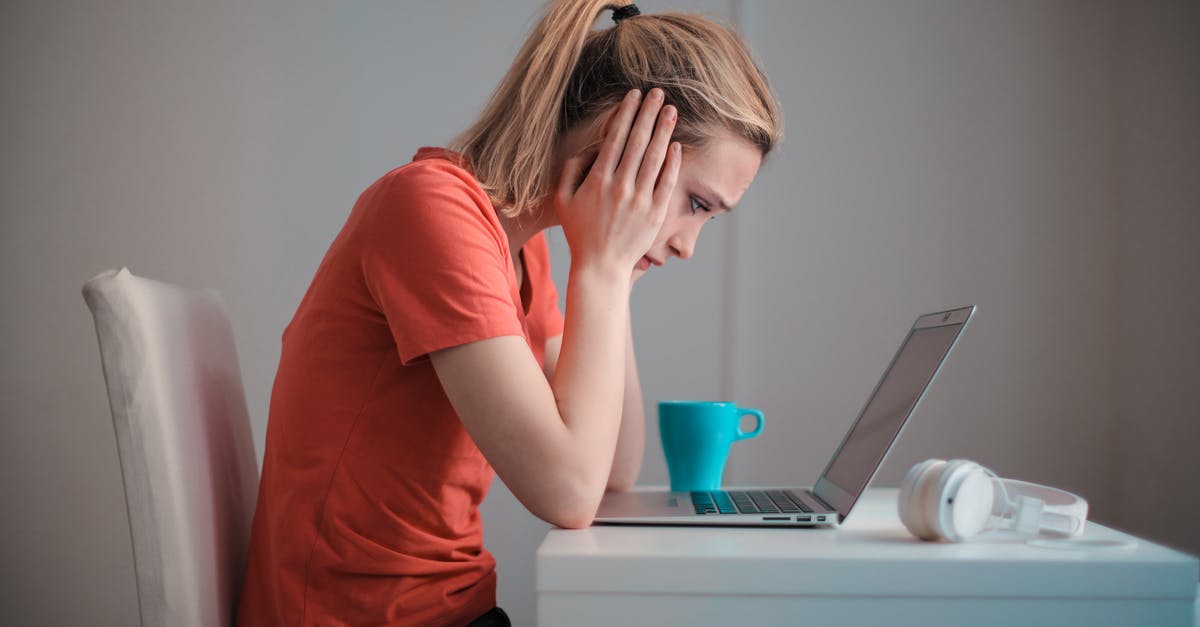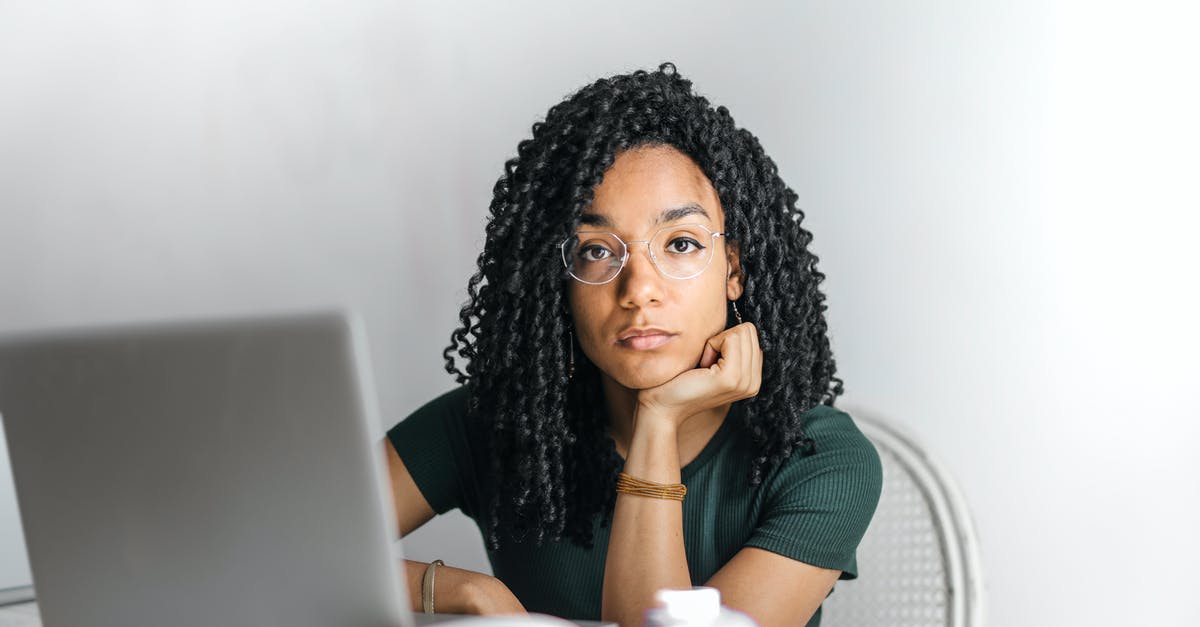Reasons to use an aspect ratio of 2:1

Some newer TV shows like "House of Cards", "Stranger Things" and "Transparent" are shot and mastered with an aspect ratio of 2:1.
What is the reason for this? What are the benefits of 2:1, when TV screens are usually 16:9?
Best Answer
Apparently 2.00:1 is called "Univisium".
16:9 (1.77:1) is common for TV shows but films tend to have wider aspects - 1.85:1 or 2.35:1. Because they're used for films, they have a "cinematic" feeling. The implication with this 2:1 size is that it will be a compromise that all films and TV shows can use so that we don't have dozens of different aspect ratios.
From the above linked Wikipedia page:
In 1998, cinematographer Vittorio Storaro announced his plans for a new film format, originally to be called Univision, in an interview with International Photographer magazine, As Storaro stated in his written proposal "Recently, any movie - no matter how big or small, successful or not - will, after a very short life on the big screen, have a much longer life on an electronic screen. Today the Answer Print is made for both of these two different media. ...Having these two different media, with essentially two different aspect ratios, each of us (Directors, Production Designers, Cinematographers, Camera Operators, etc.) shares the nightmare of compromising the Composition of the Image. Looking through a viewfinder, a camera, or a monitor, we are always faced with at least two images of the same subject."
Storaro opines that, in the future of cinema, all films will be photographed in either high-definition video for small, intimate digital projection theaters, or in 65 mm for "big audience... large screen" films. In the cinematographer's opinion, as all films will be one of the two formats, he suggests a common aspect ratio compromise of 2.00:1 (mathematical average of 65 mm 2.20:1 and HD 1.78:1) be adopted for all films, 65 mm theatrical, HD theatrical and television.
There are actually some technical benefits to this aspect ratio but they generally apply to film only and with the move towards digital recording and presentation, while by no means total (if ever likely to be), these benefits are questionable... particularly considering that the shows you mention were shot digitally, generally on the RED.
It's worth noting that the creator of this concept also prescribes shooting in 25 fps (rather than the standard 24), which simplifies conversion to PAL and SECAM without making NTSC conversion significantly more complicated.
In general, while he has made films using this aspect ratio, outside the shows you mention and A Series of Unfortunate Events, few major productions have used this aspect ratio.
If you'd like to read what Storaro himself said about this in full, his article (in PDF format) can be found here.
Pictures about "Reasons to use an aspect ratio of 2:1"



What is 2x1 aspect ratio?
For a feature film, the aspect ratio is 2:1. That means that the width of the image is two times greater than its height. This ratio was chosen because it provides an optimal viewing experience not only for movies but also for widescreen televisions and computer screens.What does 2 1 aspect ratio look like?
A 2:1 aspect ratio is relatively easy to use in post and has no shooting implications either. For example, if you shoot in HD 1920\xd71080 then to turn this into a 2:1 video all you need to do is create a timeline in your NLE with pixel dimensions of 1920\xd7960 (1920/2=960).How do you get a 2 1 aspect ratio?
A 2:1 aspect ratio indicates 2 parts of width for every 1 part of height. Examples of 2:1 aspect ratios are 1,000 pixels x 500 pixels (1000\xd7500), 600 ft.What is 2:1 Aspect Ratio — Why David Fincher, Ari Aster, and More Directors are Switching to 18:9
More answers regarding reasons to use an aspect ratio of 2:1
Answer 2
Perhaps, the producers of these TV shows just wanted to go away from the HDTV look. So did the producers of "Jurassic World", when opting for an aspect ratio of 2:1:
Schwartzman, an anamorphic advocate, wanted to shoot the film in 2.40:1, but executive producer Steven Spielberg preferred 1.85:1 because that ratio provided enough headroom for the dinosaurs. “Director Colin Trevorrow and I felt like 1:85 was too much like high-definition television in terms of an aspect ratio,” the cinematographer says. “That's where we conceived a 2.00:1 aspect ratio. We made a ground glass and shot some tests. It was such a great way to frame. It has the benefits of 2.40 without losing all the headroom.
At the same time, the Red Digital Cinema Camera Company has made the 2:1 ratio popular, because the RED cameras offer a lot of modes to shoot in that ratio, as seen in this manual page, which shows the formats available on the RED EPIC DRAGON. Since "House of Cards" and "Stranger Things" are shot on the RED, maybe this seemed like a good and easy way to go.
"Transparent" has been shot with the Canon EOS C500. It does not offer a native 2:1 mode, but a recording resolution of 4096 x 2160 (DCI 4K resolution), which has an aspect ratio of approx. 1.9:1. They must have cropped the image in the post-production process.
Answer 3
I have been a fan of 2:1 aspect for a long time and even "pitched" this years ago online. For me, it would make things much easier to process on computers because of the perfect ratio (2:1) instead of some oddball 16:9. Things like video algorithms, (especially recursive algorithms), would not have to handle the "extra slivers" of video information in the 16:9 format vs. 16:8 so it would make them simpler. This 16:9 crap in my opinion is just that, crap. Since it is used mostly in computer monitors and computers "love" powers of 2, it should have been an easy choice to use 16:8 (2:1) instead.
Sources: Stack Exchange - This article follows the attribution requirements of Stack Exchange and is licensed under CC BY-SA 3.0.
Images: Andrea Piacquadio, Andrea Piacquadio, Andrea Piacquadio, Andrea Piacquadio
